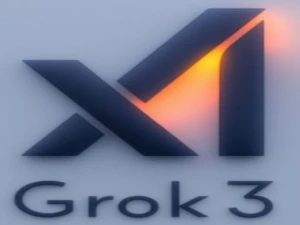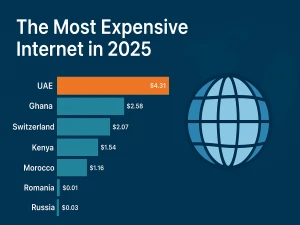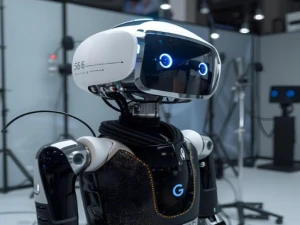Scientists Employ AI to Map Uncharted Areas of the Mouse Brain
U
sing the AI system CellTransformer, scientists have mapped uncharted regions of the mouse brain with precision — a critical step forward in neuroscience and future human brain studies.
Scientists at UCSF and the Allen Institute have developed a novel AI system called CellTransformer, which has mapped previously uncharted regions of the mouse brain without relying on manual annotation. The dataset consisted of over 9 million cells, allowing precise analysis of both spatial location and gene activity.
This method hinges on spatial transcriptomics, where data capturing gene expression and cell location within tissue is processed. Using these data and AI, researchers identified complex and difficult-to-map areas like the hippocampus and the midbrain reticular nucleus with remarkable clarity.
Their next goal is to extend this technique to the human brain, which contains around 170 billion cells and presents significantly greater complexity. Nonetheless, this milestone showcases how AI in neuroscience is opening new fronts: disease understanding, drug development, and deeper comprehension of brain function.
📘 Based on reports from LiveScience and research releases by UCSF and the Allen Institute (2025)
📣 Follow: Technology and Innovation News









Comments